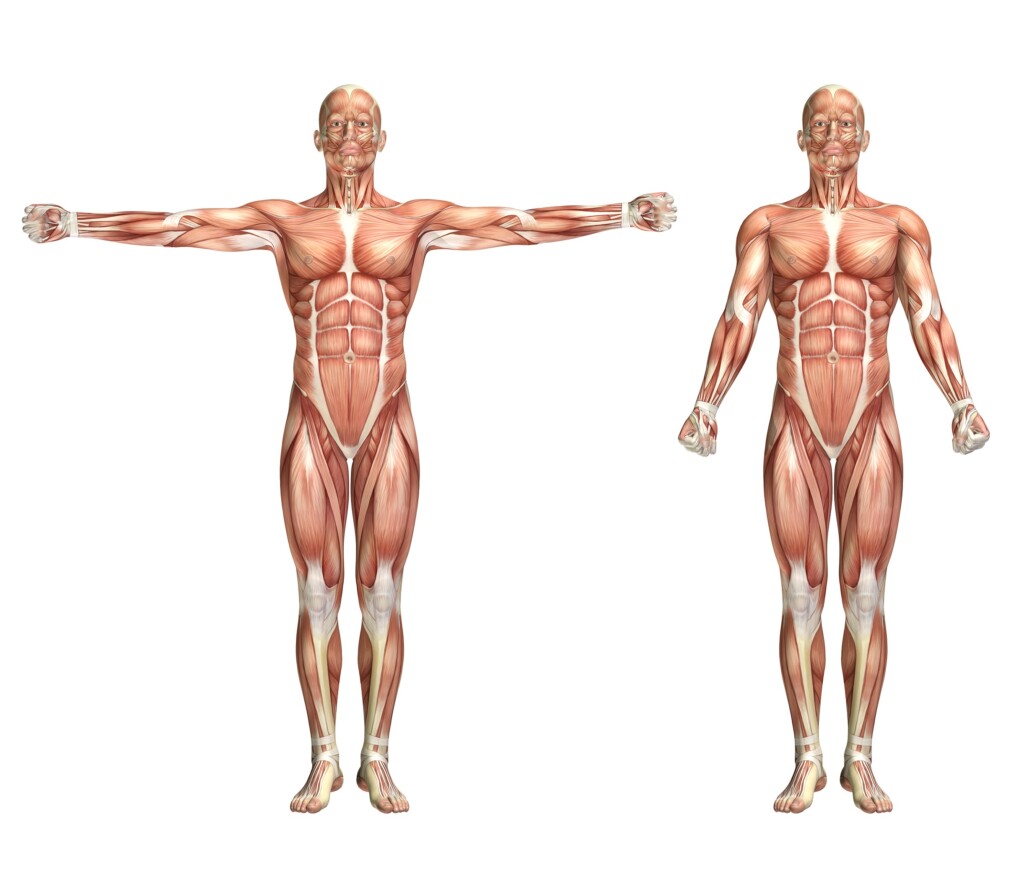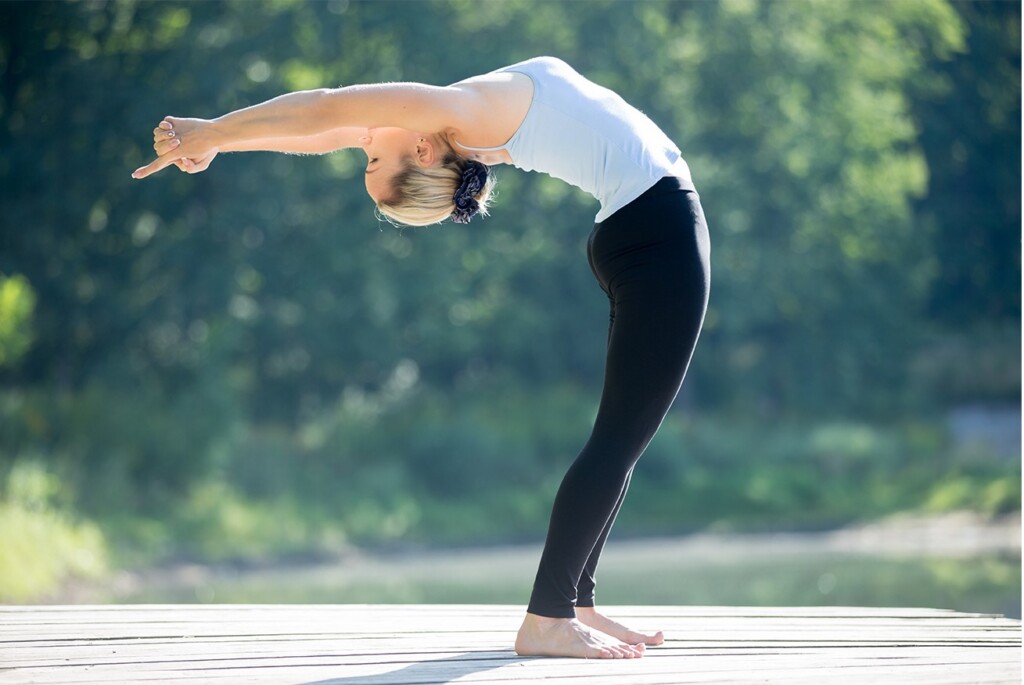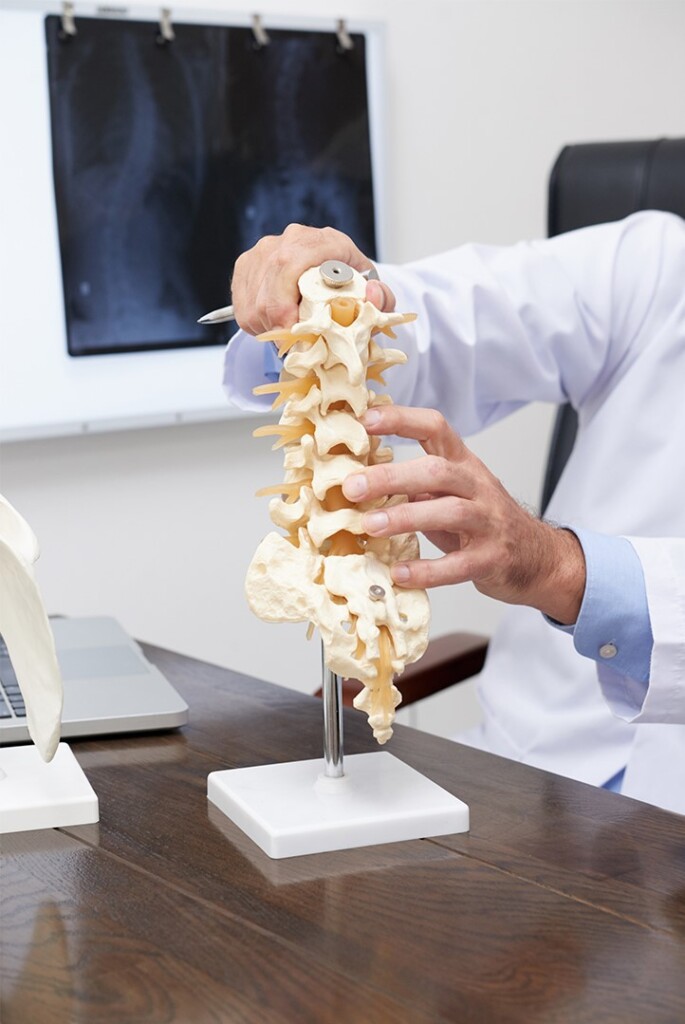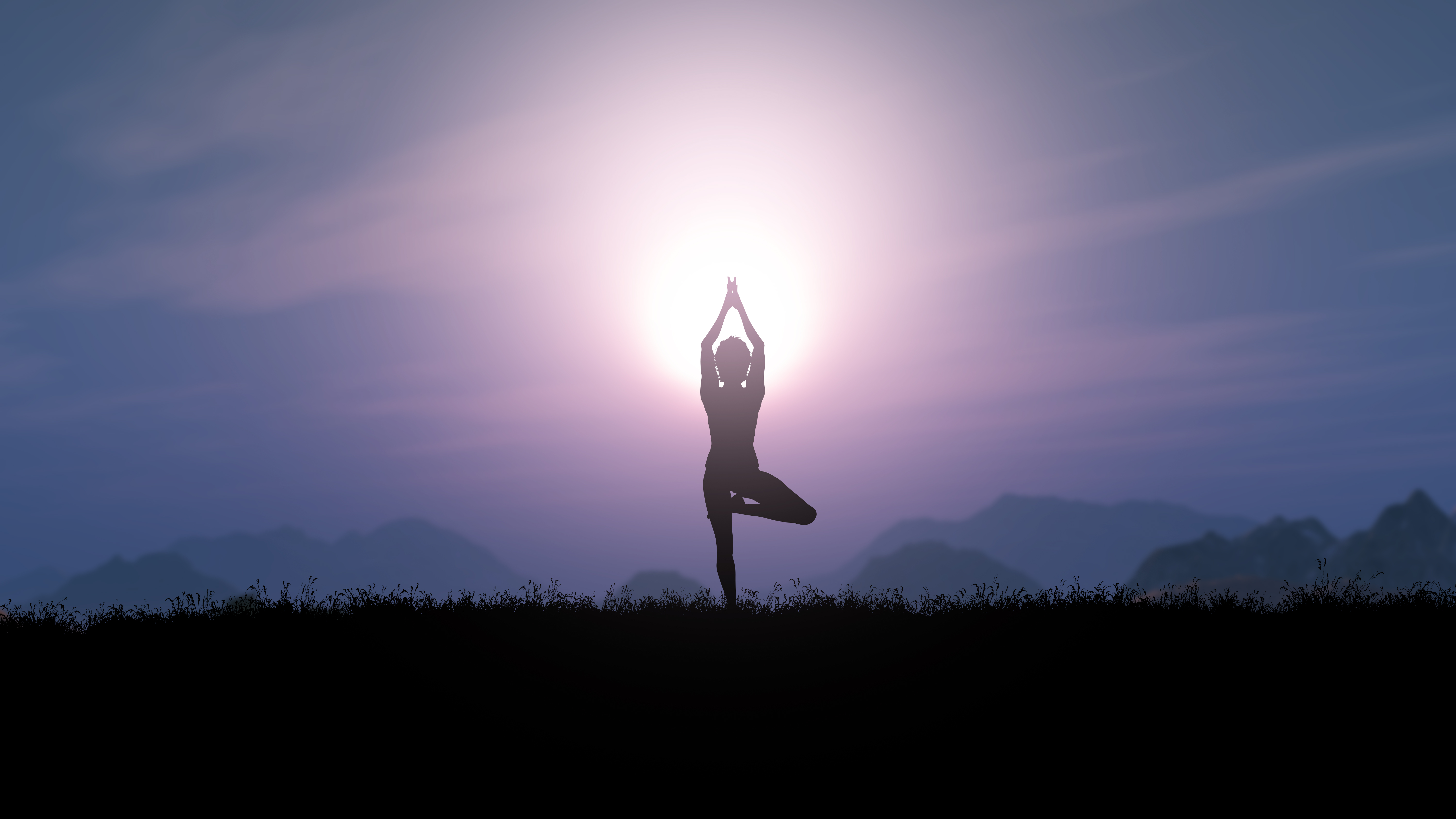OUR BODY IS A TENSEGRITY STRUCTURE
Facial network in our bodies creates a tension structure. That means our bones are not in direct contact with each other. That brings us to the term of biotensegrity. We can mention about the facia as fabric of our bodies. It is also the biggest organ in our bodies. Tense components that are isolated by hard compression elements of the body – the bones, are the skin, muscle and connective tissues. These stress elements act as distances to support the tension of the whole system. Instead of allowing stress to build up at specific points, they also spread stress evenly across the whole structure. It offers more flexibility and stability, as compared to a compressive structure. This definition describes that our bones aren’t in close contact and float merely in the friction framework that our fascial system produces.
The spine is a great illustration of tensegrity. Any of the experimental spine models demonstrate that the vertebrae are lined on top of each other where the stress is squeezed through the spine. This means that all the energy travels into the soft disks between the vertebrae. If this definition were correct, our bodies would be damaged. In contrast, a tensegrity model illustrates that it is possible to create a mobile and flexible spinal column in which the vertebrae float apart from each other. What’s amazing about this model is that the vertebrae remain separated as long as the tension elements are intact. You will then rotate them, click them and even turn them backwards. There are the causes behind different spinal dysfunctions, such as bulging discs, that we can better understand.
You Can Practice YOGA with the Help of Tensegrity
There are some techniques which help you to understand and apply yoga easily. Those techniques includes tensegrity. Understanding how our body works as a tensegrity system helps to increase efficiency during yoga practice.



